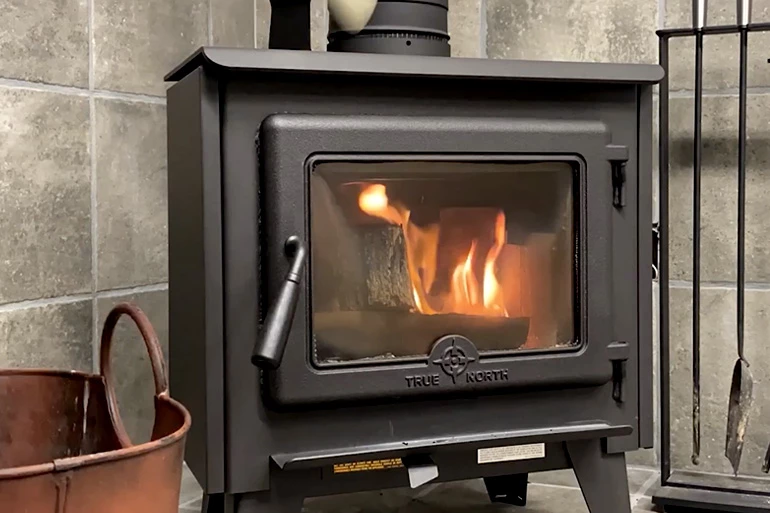Wood Stove Buyers Guide
Did you know there are wood stove models that do not use wood as fuel? Generally, when people think of wood stoves, they envision free standing cast iron stoves. Perhaps you are in the market for a traditional wood stove, or you like the look of a wood stove but are interested in alternative fuel options or convenient venting. Either way, this article will give you a better understanding of the options available today.
A cast iron, steel, or soapstone stove has a timeless look that brings charm and warmth to any home. We'll cover the basics of wood stoves and discuss the unique features of the various types of stoves, including alternative fueling options so you can choose the perfect stove for you and your family.


